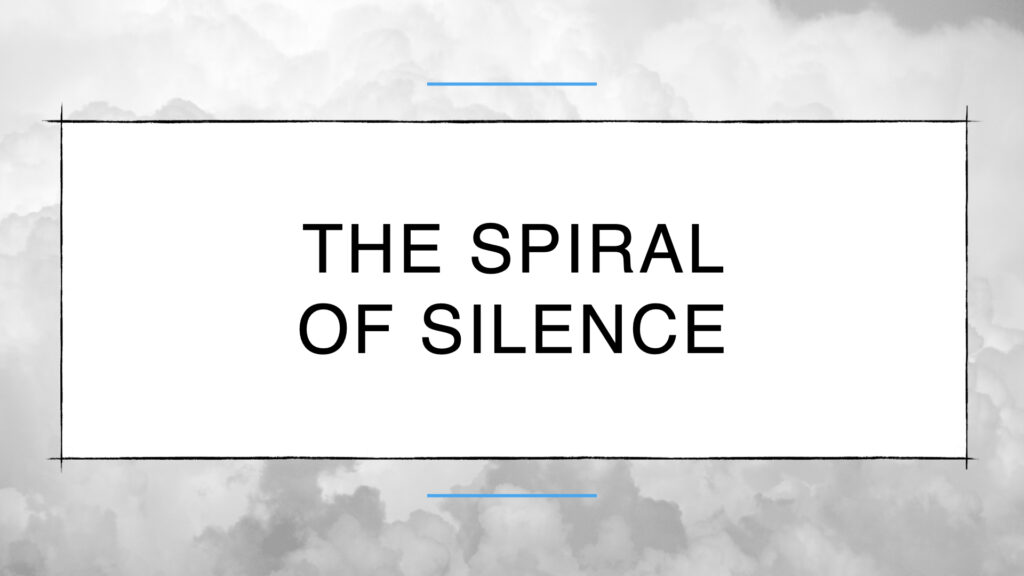
Our desire to fit in with others means we don’t always say what we think. We only express opinions that seem safe. Here’s how the spiral of silence works and how we can discover what people really think.
Farnam Street
Be honest: How often do you feel as if you’re really able to express your true opinions without fearing judgment? How often do you bite your tongue because you know you hold an unpopular view? How often do you avoid voicing any opinion at all for fear of having misjudged the situation?
Even in societies with robust free speech protections, most people don’t often say what they think. Instead they take pains to weigh up the situation and adjust their views accordingly. This comes down to the “spiral of silence,” a human communication theory developed by German researcher Elisabeth Noelle-Neumann in the 1960s and ’70s. The theory explains how societies form collective opinions and how we make decisions surrounding loaded topics.
Let’s take a look at how the spiral of silence works and how understanding it can give us a more realistic picture of the world.
